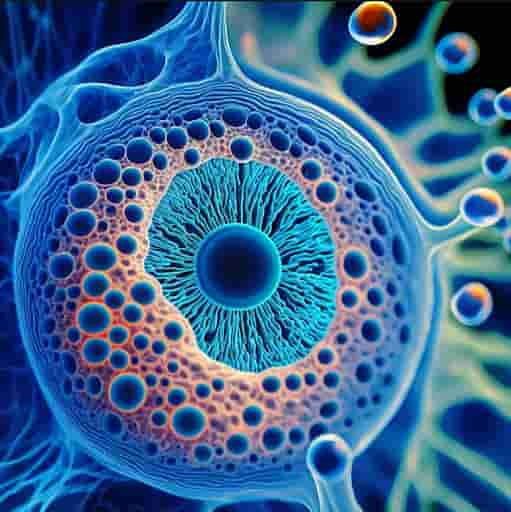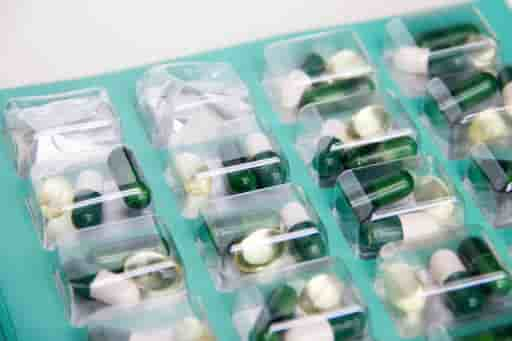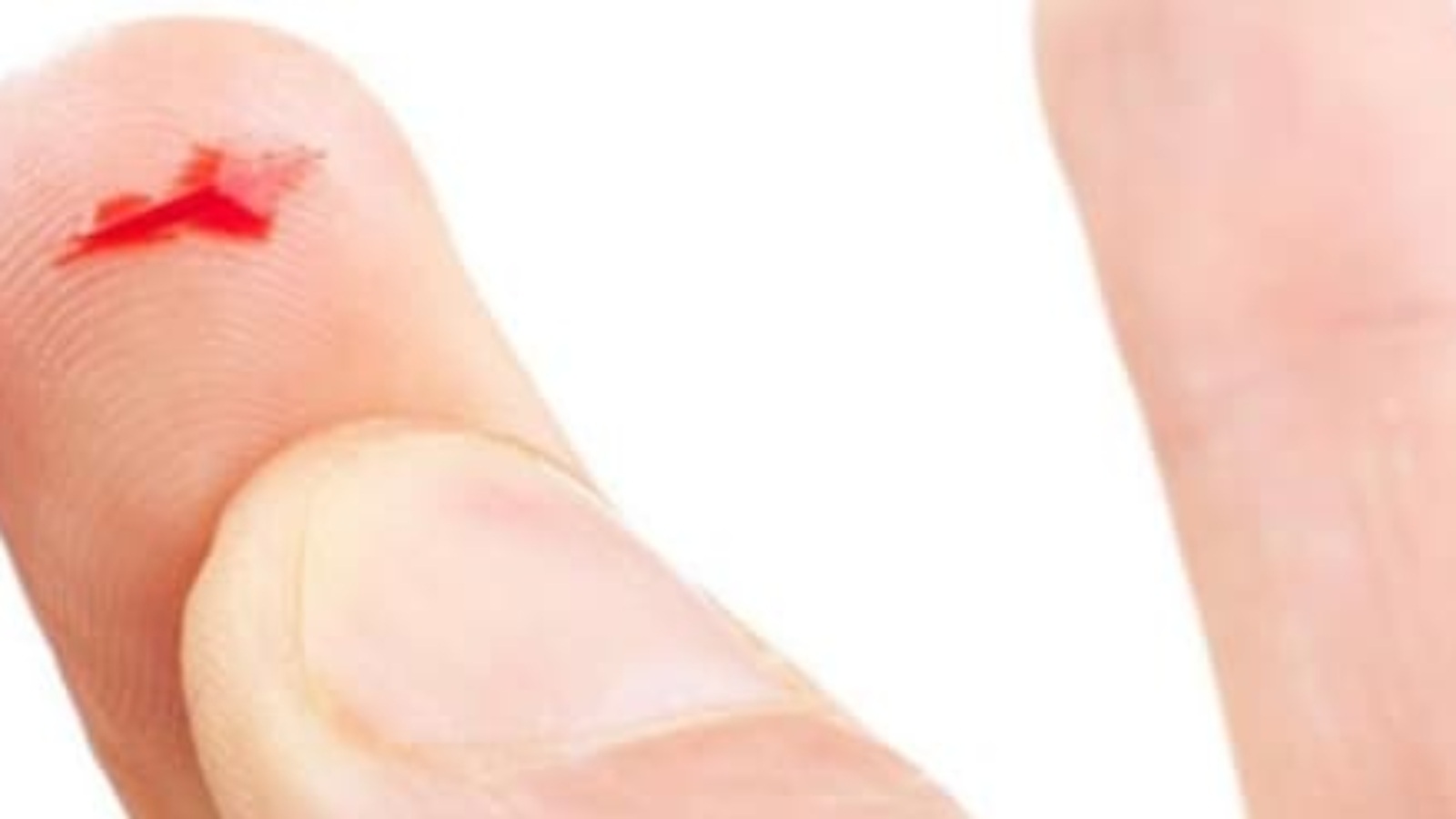
Do you know why certain organs and tissues regenerate? When you have a small
scrape or cut, the tissue regenerates in a matter of days or months, sometimes
leaving a small scar or remaining intact as before the accident.
This is due to stem cells, the body’s raw material; from them, all other cells with specialized functions are generated. Under the right conditions in the body or a laboratory, stem cells divide to form more cells: daughter or embryonic cells. (Células madre: qué son y qué hacen, 2022)

But to enhance understanding, here is a table with key differences between cells.
| Célula Madre | Célula Embrionaria | |
| Origin | Found in adult tissues such as bone marrow or fat | Found in developing embryos |
| Differentiation | It can differentiate into specific cells depending on its origin | It has the potential to differentiate into any type of cell |
| Obtaining Method | Obtained from adult tissues through less invasive procedures such as bone marrow aspiration | Obtained from developing embryos, which has raised ethical concerns and logistical challenges |
| Limitations | Limited differentiation potential compared to embryonic cells | Higher differentiation potential, making them versatile for cell regeneration |
| Rejection Risk | Lower rejection risk in transplants, since the cells come from the patient | Higher rejection risk, since the cells come from a different donor |
| Common Uses | Widely used in medical treatments (bone marrow transplants and regenerative therapies) | Explored in research and clinical trials to treat various diseases and injuries |
Specific Examples in Daily Life
Stem cell therapies offer hope for those seeking more effective, less invasive
treatments. The ability of these cells to regenerate damaged tissues poses exciting prospects for improving the quality of life, especially for those facing chronic medical challenges.

Also, in the area of beauty and skin care, including stem cell derivatives in cosmetic
products open a new chapter in the science of skin health. While their
practical application is still in development, ongoing research promises to reveal
more about the rejuvenating potential of these innovative solutions.
Finally, stem cells continue to push the boundaries of what is possible in medicine and aesthetics. As we advance in this era of scientific discoveries, it is clear that stem cells are not only protagonists in the laboratory but also in the tangible improvement of our everyday lives. Their regenerative potential offers a promising vision of the future, where healing and renewal may be more accessible than ever.
References:
- Células madre: qué son y qué hacen. (2022, 18 mayo). Mayo Clinic. https://www.mayoclinic.org/es/tests-procedures/bone-marrow-transplant/in-depth/stem-cells/art-20048117
- National Library of Medicine. (s. f.). Células madre. https://medlineplus.gov/spanish/stemcells.html
- Células madre – Instituto de Traumatología Estévez. (2020, 15 septiembre). Instituto de Traumatología Estévez. https://www.traumatologiaestevez.es/tratamientos-alternativos/celulas-madre/
- Millet, A. (2016, 13 marzo). Células madre: puesta al día de los últimos avances. Clínica Millet | Clínica de la Mujer. https://clinicamillet.es/blog/celulas-madre-puesta-al-dia-de-los-ultimos-avances/
- Osorio, U. R. (2022, 4 febrero). Tipos de células madre. ecologiaverde.com. https://www.ecologiaverde.com/tipos-de-celulas-madre-3749.html
- Cover image by: BBC


Add a Comment